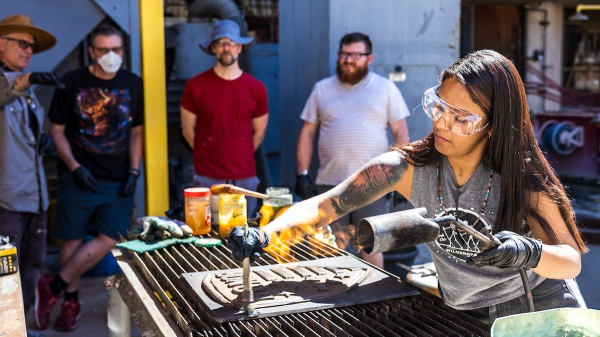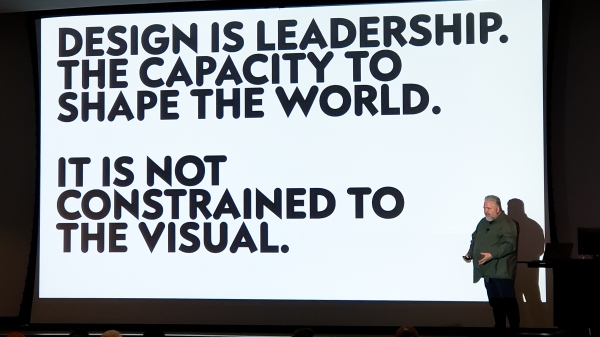New Canvas tool makes digital course content more accessible
ASU students can download documents into files for screen readers, braille, MP3 audio

When Arizona State University started the spring semester earlier this month, it took a big step toward making digital course content more accessible to all students. The university launched Ally, a tool in the Canvas platform that scans content to make it available in different forms.
When professors upload course documents to Canvas, they can use Ally to measure the accessibility of the content, according to Chad Price, director of the Disability Resource Center at ASU.
“It gives a meter rating of the access level of that document,” he said.
“Red is inaccessible, yellow is partially accessible and green is pretty accessible. They also get suggestions on how to improve the accessibility.”
For example, students with a visual impairment might use a screen reader, which reads aloud text in a document. If a professor uploads a PDF that includes an image, the screen reader might not work effectively. With Ally, the professor knows to “tag” the PDF to be more accessible.
Ally allows all students to download documents into different formats, including an electronic version of braille that could be printed off into a braille embosser, as well as a version of HTML that makes the content easier to see on a phone or e-reader.
“The great thing about Ally is it can be beneficial more broadly,” Price said. “Students can download a document into an MP3 file and they can listen to it when they’re driving to school.”
Students don’t have to be registered with the Disability Resource Center to use Ally.
The new tool was tested by several faculty members last fall in a “soft launch,” Price said. The initiative was coordinated by the provost’s office, the Disability Resource Center and the University Technology Office.
“Most of the feedback was about understanding how to best use the tool. ‘What do I do next?’ The training modules we developed came from that feedback,” he said.
Besides the training modules, faculty have access to a Slack channel and a help desk for support with Ally.
Price said he’s been surprised by the use so far. Since Jan. 1, students launched the window for Ally more than 6,000 times, and of those, they downloaded 2,624 documents in 915 courses. More than 200 MP3 files have been downloaded.
“And once a document is done, it’s available for anybody else to download in that format,” he said.
Before Ally, students who needed digital content converted had to put in a request with the Disability Resource Center, Price said.
“This has the potential to be transformative for us, because instead of us doing the work of tracking it down and converting it and getting it back, the students can now do it right where they’re at.”
Top image by Pixabay
More Arts, humanities and education

'Devils in the Metal': ASU vet leads iron cast workshop for former service members
Bruce Ward believes everyone has a symbol of strength or resilience, and they have an obligation to find it. His happens to be a paper crane in an ocean wave. “It’s the idea that we are the…

ASU English professor wins Guggenheim Fellowship for poetry
The awards — and opportunities — keep piling up for Safiya Sinclair, an associate professor in Arizona State University’s Department of English. In mid-April, Sinclair received one of 188 Guggenheim…

Designer behind ASU’s brand named newest Herberger Institute Professor
Bruce Mau, co-founder and CEO of the Chicago-based holistic design consultancy Massive Change Network, has joined Arizona State University’s Herberger Institute for Design and the Arts as its newest…